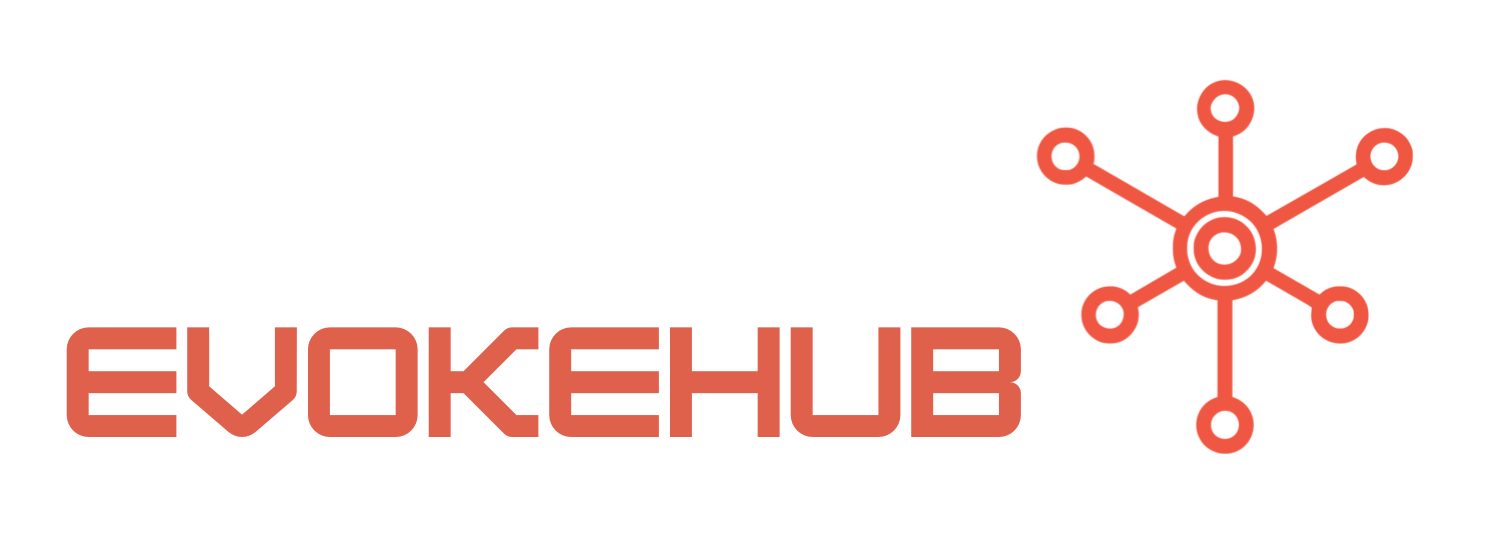Best Practices for Integrating FluentValidation in .NET Projects
When integrating FluentValidation into your .NET projects, the first best practice is to keep your validation logic separate from your business logic. This separation of concerns not only enhances code clarity but also simplifies maintenance. By creating a dedicated Validator class for each model, you encapsulate the validation rules within a single location, making it easy to locate and update them as needed. For more information on structuring your Validator classes, you may refer to the official FluentValidation documentation.
Another essential practice is to leverage dependency injection for your validators. ASP.NET Core applications seamlessly support dependency injection, allowing you to register your validators in the Startup class. This approach promotes testability and makes it easier to manage lifetimes and dependencies. For instance, by using scoped lifetimes for validators, you can ensure that they are created only when required, leading to better performance and resource optimization.
Finally, consider using built-in validation attributes in conjunction with FluentValidation. While FluentValidation excels at complex rules, attributes provide a quick way to enforce simpler validations. By combining both approaches, you create a robust validation strategy that is easy to understand and maintain. However, be cautious not to overly complicate your validation logic, which can lead to confusion and errors.
Advanced Techniques for Effective Validation Management in .NET
One advanced technique for effective validation management is the use of custom validators. FluentValidation allows you to create reusable custom validators for common validation scenarios across your application. For example, if you often validate unique usernames or email addresses against a database, you can encapsulate this logic in a custom validator. This not only promotes code reuse but also ensures that complex validation rules are consistently applied throughout your application. Check out this guide on creating custom validators for more insights.
Another valuable technique is to implement conditional validation. FluentValidation supports conditional rules that allow you to apply specific validation logic based on the values of other properties. This is particularly useful in scenarios where certain fields are only required under specific conditions. By using the When or Unless methods, you can create more dynamic and context-sensitive validation rules. This capability enhances user experience by providing immediate feedback tailored to the situation.
Lastly, consider leveraging asynchronous validation when dealing with operations that require database access or other I/O operations. FluentValidation supports asynchronous validation, allowing you to perform checks such as verifying the uniqueness of a value against a database without blocking the main thread. By implementing asynchronous validators, you improve application responsiveness, especially in web applications where user experience is paramount. For further exploration of asynchronous validation, refer to the FluentValidation async validation documentation.
Implementing FluentValidation in .NET projects can significantly enhance the robustness of your validation logic when done correctly. By following best practices such as separating validation logic, using dependency injection, and integrating attributes wisely, developers can create maintainable and efficient validation systems. Furthermore, employing advanced techniques like custom validators, conditional validation, and asynchronous checks ensures that applications can adapt to varying requirements while providing a seamless user experience. Embracing these strategies will lead to a more organized and effective approach to validation in your .NET applications.




